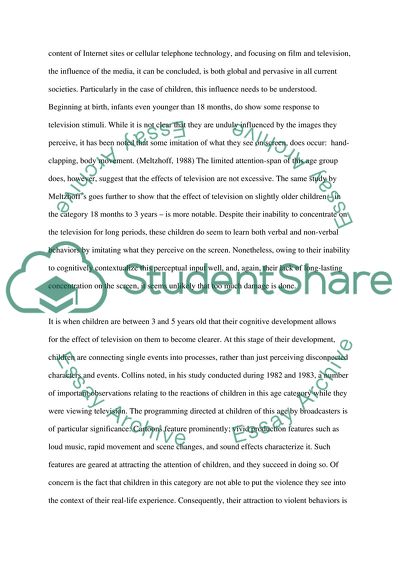Cite this document
(“Media Violence - The Effects on Children Research Paper”, n.d.)
Media Violence - The Effects on Children Research Paper. Retrieved from https://studentshare.org/psychology/1559557-media-violence-on-children
Media Violence - The Effects on Children Research Paper. Retrieved from https://studentshare.org/psychology/1559557-media-violence-on-children
(Media Violence - The Effects on Children Research Paper)
Media Violence - The Effects on Children Research Paper. https://studentshare.org/psychology/1559557-media-violence-on-children.
Media Violence - The Effects on Children Research Paper. https://studentshare.org/psychology/1559557-media-violence-on-children.
“Media Violence - The Effects on Children Research Paper”, n.d. https://studentshare.org/psychology/1559557-media-violence-on-children.


